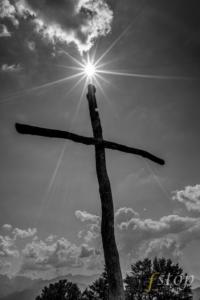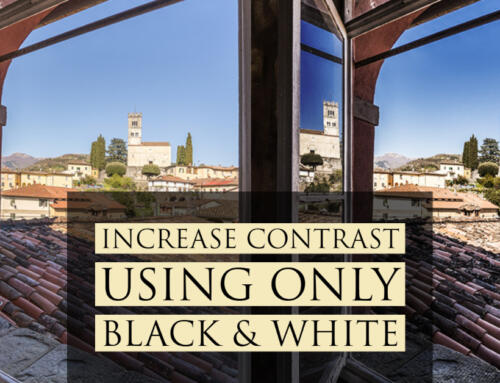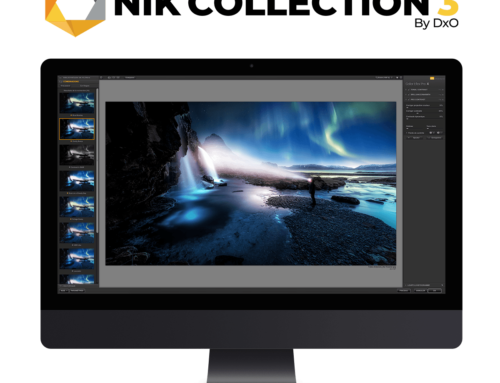During a recent visit to Italy, I found myself back in a location that has a view of Tuscany that is… well it’s hard to describe. I sat outside a bar in the Tuscan mountain-top village of San Pellegrino in Alpe.
Sitting around 1525 m (5,003 ft) up, San Pellegrino in Alpe offers immense and captivating panoramic views over Tuscany as well as delicious locally harvested food. In fact, each one of my pilgrimages has me leaving with fantastic photographs and a couple of bags of freshly dried local porcine mushrooms. Between the ice cold beer and the rather large handmade sandwiches, I sometimes forget the real reason for my drive up the mountain; the panoramic view and the photographic opportunities.
The elevated viewpoint makes it an ideal location to discuss and practice a technique for creating large panoramic images. Most of today’s modern cameras are capable of producing a panoramic image simply by sweeping the camera slowly across the view. Now, nobody can deny that this is easy and the resulting image is acceptable, but this is not the best way to produce a panorama nor is it a technique that will utilise your camera to its full extent. We explain and show how to take a series of RAW images and stitch them together in post production software like Adobe Lightroom or Adobe Photoshop. This method allows you to extract every piece of detail from the scene and will result in an image that will be large enough to cover an entire wall. The full size of the image above is over 10,000 pixels wide. Suddenly you have an image that has commercial value and will become an object of fascination when printed very large.
In addition to producing great panoramic opportunities, San Pellegrino in Alpe also inspires time-lapse videos. Contrary to their name, a time-lapse video actually begins life as a series of still images. Then again, aren’t all videos simply a series of still images? The technique required for shooting time-lapse videos is also something we explain and show. The beauty of shooting a time-lapse sequence is you can leave the camera to snap away while taking other photographs or having a beer and sandwich. How’s that for multitasking?
San Pellegrino was, supposedly, the son of the King of Scotland, and his childhood was spent doing penance and performing miracles. He renounced his claim to the throne and set off on a pilgrimage through Europe and to the Holy Land. Despite not being officially recognised as a saint by the church, San Pellegrino still has a large following and legend connects him with many miracles in and around Garfagnana. His mummified body lies in a glass sarcophagus within the Sanctuary. A tradition, still celebrated annually, is that of the cross made from two large beech tree branches. On August 1st the old cross is removed and a new one put in its place after a service of blessing and a procession. It is placed just outside the Sanctuary and, even today, pilgrims will cut a little piece of bark from it to take home.
All in all, San Pellegrino is a wonderful day out that provides fantastic photographic and learning opportunities. You can find information about our Tuscany workshops here or you can simply contact us directly.









Leave A Comment